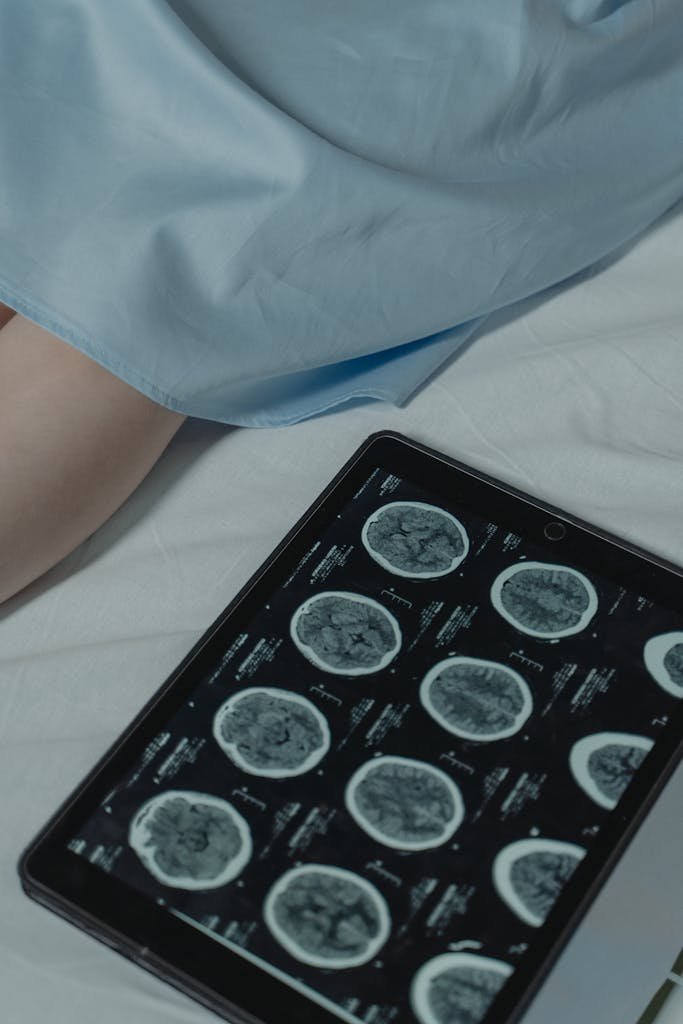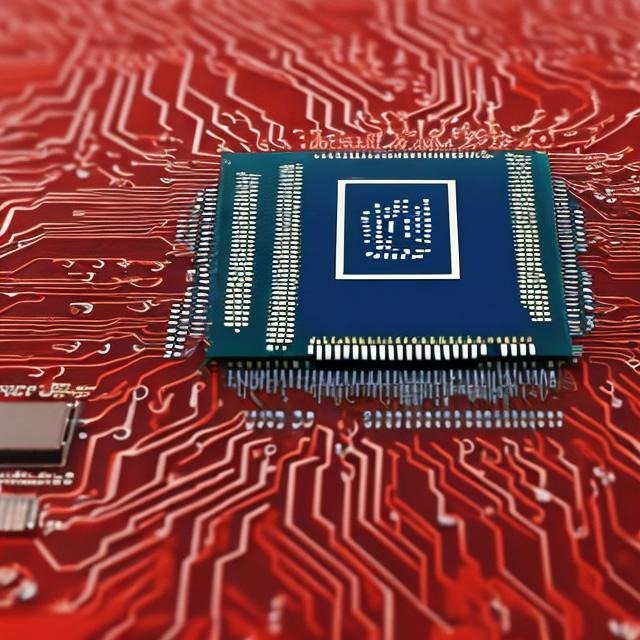5 Real World Examples of Brain Computer Interfaces Already Doing Amazing Things
Brain computer interfaces (BCIs) have long been a subject of fascination and speculation. The idea of controlling machines with our thoughts seems like something out of a science fiction movie, but the reality is that BCIs are already making remarkable advancements in various fields. In this blog post, we will explore five real world examples of BCIs that are already doing amazing things.
- 1. Restoring Mobility
- 2. Assisting Communication
- 3. Enhancing Gaming
- 4. Improving Mental Health
- 5. Enhancing Cognitive Abilities
- Here are five examples of BCIs that are being used in the real world today:

1. Restoring Mobility
One of the most promising applications of BCIs is in restoring mobility to individuals with paralysis. Companies like Neuralink and BrainGate have developed devices that allow paralyzed individuals to control robotic limbs using their thoughts. This breakthrough technology has the potential to greatly improve the quality of life for those with spinal cord injuries.
2. Assisting Communication
BCIs are also being used to assist individuals with communication disorders, such as ALS or locked-in syndrome. By translating thoughts into text or speech, BCIs enable these individuals to communicate with others and express their thoughts and needs. This technology has the power to give a voice to those who have been silenced by their conditions.
3. Enhancing Gaming
BCIs are not limited to medical applications. They are also being used to enhance the gaming experience. Companies like Emotiv have developed headsets that allow gamers to control characters and perform actions in virtual reality games using their thoughts. This opens up a whole new world of possibilities for immersive and interactive gaming.
4. Improving Mental Health
BCIs are being explored as a tool for improving mental health conditions such as depression and anxiety. By monitoring brain activity, BCIs can provide valuable insights into the user’s mental state and help them manage their emotions. This technology has the potential to revolutionize the field of mental health and provide personalized treatment options.
5. Enhancing Cognitive Abilities
BCIs are also being used to enhance cognitive abilities. For example, researchers at the University of California, San Francisco have developed a BCI that can boost the learning abilities of individuals. By stimulating specific areas of the brain during learning tasks, the BCI has shown promising results in improving memory and learning outcomes.
These are just a few examples of the incredible advancements that are being made in the field of BCIs. As technology continues to evolve, we can expect to see even more groundbreaking applications of BCIs that have the potential to transform various aspects of our lives.
Brain-Computer Interfaces (BCIs) are devices that allow direct communication between the human brain and an external device. This communication can be used to control prosthetic limbs, wheelchairs, computers, and other devices. BCIs are still under development, but they have the potential to revolutionize the lives of people with disabilities and to give everyone new ways to interact with the world around them.
Here are five examples of BCIs that are being used in the real world today:
1. Brain-controlled prosthetic limbs
BCI-controlled prosthetic limbs allow people with amputations to control their prosthetics with their minds. This can give them a new level of independence and control over their lives.
One example of a BCI-controlled prosthetic limb is the DEKA Arm System. This system uses electrodes implanted in the user’s brain to record their neural signals. These signals are then used to control the prosthetic arm.
Another example is the iLimb Bionic Hand. This hand uses a combination of EMG sensors (which measure muscle activity) and a BCI to control its movements.
2. Brain-controlled wheelchairs
BCI-controlled wheelchairs allow people with paralysis to control their wheelchairs with their minds. This can give them a new level of mobility and independence.
One example of a BCI-controlled wheelchair is the MindRider. This wheelchair uses a BCI to translate the user’s brain signals into commands for the wheelchair. The user can control the wheelchair’s direction, speed, and even its elevation.
Another example is the FreeWheel. This wheelchair uses a combination of EMG sensors and a BCI to control its movements. The user can control the wheelchair’s direction, speed, and even its speed.
3. Brain-controlled computers
BCI-controlled computers allow people with paralysis to control their computers with their minds. This can give them a new way to communicate, work, and enjoy their lives.
One example of a BCI-controlled computer is the P300 Speller. This device uses a BCI to translate the user’s brain signals into commands for the computer. The user can use these commands to select letters on the screen and to type messages.
Another example is the BrainGate Neural Interface System. This device uses a BCI to translate the user’s brain signals into commands for the computer. The user can use these commands to control the cursor on the screen, to type messages, and to click on buttons.
4. Brain-controlled video games
BCI-controlled video games allow people with paralysis to play video games with their minds. This can give them a new way to have fun and to socialize with others.
One example of a BCI-controlled video game is MindPong. This game uses a BCI to translate the user’s brain signals into commands for the game. The user can use these commands to move the paddle on the screen and to hit the ball.
Another example is NeuroBoy. This game uses a BCI to translate the user’s brain signals into commands for the game. The user can use these commands to control the character on the screen and to interact with the environment.
5. Brain-controlled music
BCI-controlled music allows people with paralysis to create music with their minds. This can give them a new way to express themselves and to share their creativity with others.
One example of a BCI-controlled music device is the Muse. This device uses a BCI to translate the user’s brain signals into commands for the music software. The user can use these commands to play different instruments, to change the tempo and volume of the music, and to add effects.
Another example is the NeuroSky MindWave. This device uses a BCI to translate the user’s brain signals into commands for the music software. The user can use these commands to play different instruments and to change the tempo and volume of the music.
These are just a few examples of BCIs that are being used in the real world today. As BCI technology continues to develop, we can expect to see even more innovative and life-changing applications.
References
Brain-Computer Interfaces: A Comprehensive Review: https://pubmed.ncbi.nlm.nih.gov/30523919/
BCI Control of Prosthetic Limbs: https://www.sciencedaily.com/releases/2017/02/170206084904.htm
BCI Control of Wheelchairs: https://www.youtube.com/watch?v=qhK572LJhSc
BCI Control of Computers: https://m.youtube.com/watch?v=6QcY7v9Kio4
BCI Control of Video Games: https://www.researchgate.net/publication/335334841_Design_of_a_Brain-Controlled_Video_Game_based_on_a_BCI_System
BCI Control of Music: https://newatlas.com/music-with-the-mind-brain-computer-music-interface/18489/







